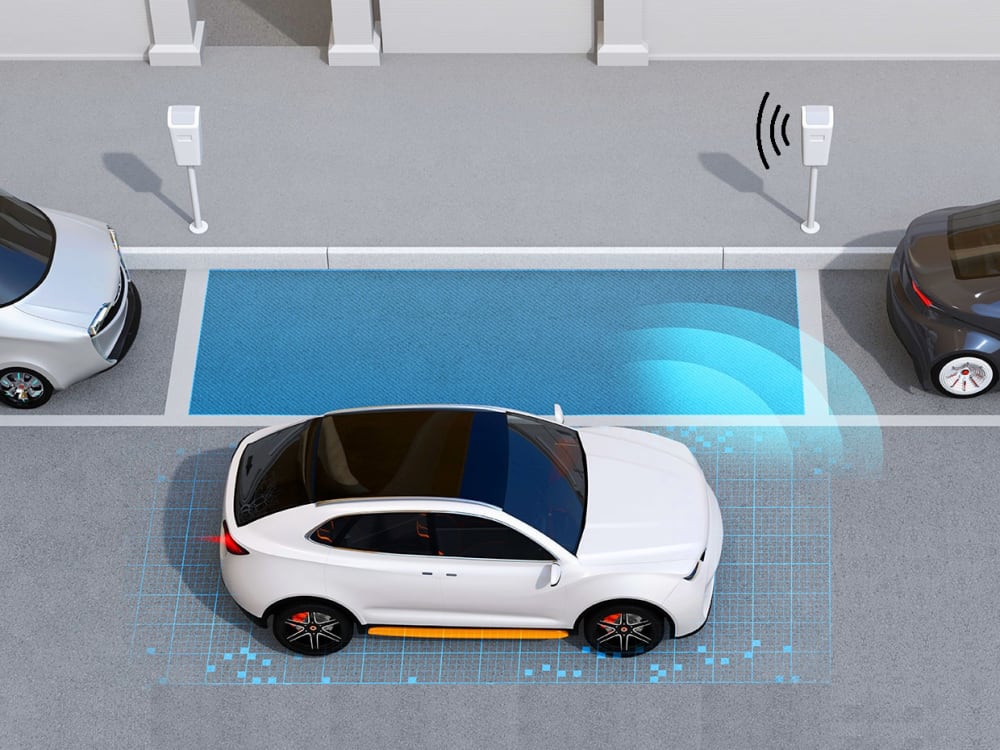PROBLEM:
In the United States alone people waste $73 billion every year to look for a parking spot. In Germany on an average one driver spends 48 hours every year searching for parking. This is just the waste of gasoline and diesel in terms of money. Now think about the CO2 produced by this extra usage of fuel.
According to ABI research, 8 millions self driving cars will hit the road by 2025. Keeping Sustainable Development Growth in mind and changing model of how tomorrow's auto industry will evolve, we need an efficient, faster and secured way to look for parking spot as well as a mechanism for the cars to make parking transactions without any human interaction (we need machine to machine money transfer).
SOLUTION:
I suggest using one the micro-payment platforms and implement for parking such as: 1) Building a prototype on IOTA platform, which is a distributed ledger based open source network, which is ideal fit for secured and trusted micro-payments. Unlike other blockchain networks such as Ethereum, there is no transaction fees (mining fees) in IOTA; 2) Using the Tikkie platform, which is a Dutch payment system in the Netherlands, Belgium and Germany, run by the ABN AMRO bank. It is available to anyone with a Dutch bank account and a Dutch, Belgian or German phone number. It was originally marketed as a way to share costs between friends, when sharing a ride or at a restaurant or buying movie tickets, but there is now also a business variant for paying toll fees or congestion charges.
HOW DOES IT WORKS?
- A car owner is looking for a parking. He will open the car owner app on his mobile, find available parking near him and drive to the parking location.
- An Ultrasonic sensor will sense for any object and capture an image of front of the car including license plate. Once license plate is recognized, device makes payment request to the backend service passing it's unique device ID and license plate number. At the same time device will publish a message to Marked Authenticated Messaging (MAM) network in restricted mode with side key as device ID. Device also publish a message to the MQTT server indicating parking is occupied which is updated in realtime on mobile app preventing other car owners to see that as available and waste their fuel.
- Backend service validates the request and send a zero value with message transaction to the receiving address of the car device.
The message contains the receiving address of the parking device and parking fees. This message is encrypted and can only be decrypted by the target car device ID.
Like this entry?
-
About the Entrant
- Name:Guillermo Perez
- Type of entry:individual
- Software used for this entry:Python, Node.js
- Patent status:none





